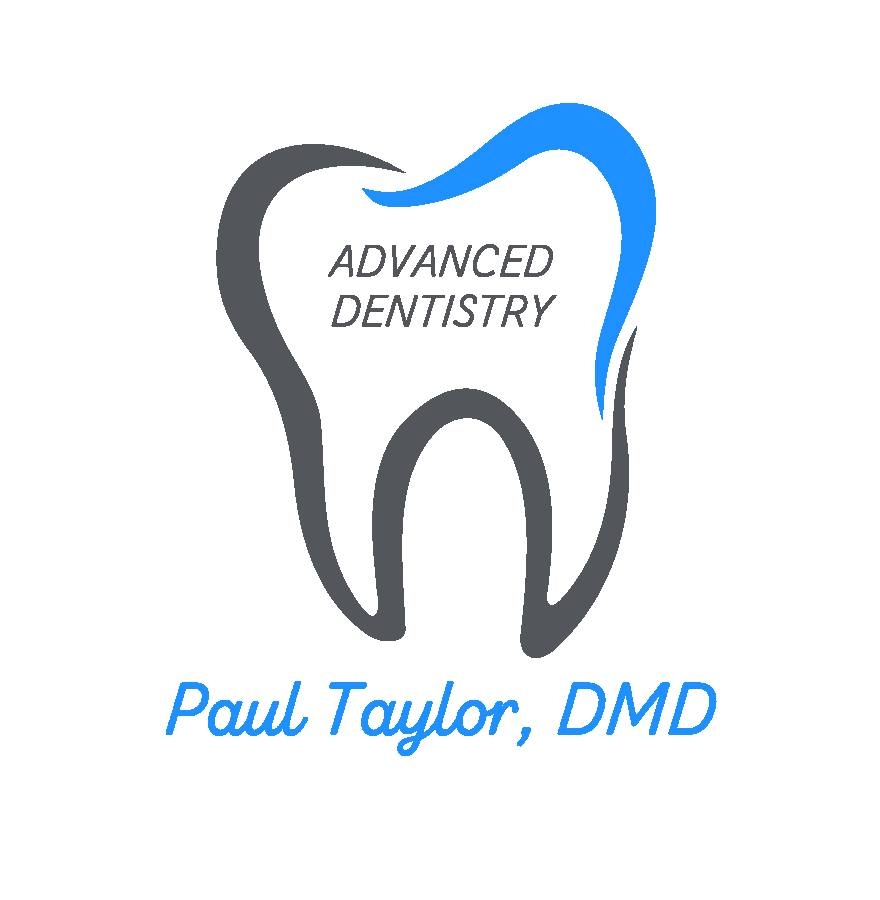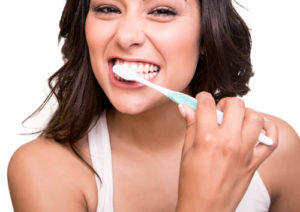Dentist in San Diego
 Root canal, or endodontic, therapy treats inflammation or infection within the pulp of a tooth. If you are awaiting your first root canal treatment, you may feel anxious or uncertain. It can be difficult to separate myth from fact when trying to learn what to expect. Here is some useful information about root canal therapy and some common misperceptions you may encounter.
Root canal, or endodontic, therapy treats inflammation or infection within the pulp of a tooth. If you are awaiting your first root canal treatment, you may feel anxious or uncertain. It can be difficult to separate myth from fact when trying to learn what to expect. Here is some useful information about root canal therapy and some common misperceptions you may encounter.
Despite common belief, root canal therapy does not cause pain. Instead, it relieves the pain you are already experiencing by treating the underlying cause of the infection or inflammation. Some common reasons for tooth pulp inflammation or infection include:
- Deep tooth decay
- Chip or crack in tooth structure
- Tooth root fracture
- Periodontal (gum) disease
- Repeated treatment on a single tooth
Once inflammation begins, the pulp experiences swelling and pressure that cause pain. If left untreated, permanent damage to the pulp can occur, including pulp tissue death. When this happens, you may experience temporary relief of pain, but it may lead to painful infection and tooth loss.
Root canal therapy is the removal of diseased or dead pulp tissue from the inside of a tooth. We use specially designed instruments that clean out the pulp chamber and root canals. Next, we disinfect the canals with special medications and clean them once more. Finally, we seal the canals to prevent re-infection. You may experience minor discomfort for a few days, but this can usually be managed with over-the-counter medications.
After your root canal treatment, your tooth will need a permanent restoration to replace the lost tooth structure and protect the remaining tooth. This may be a filling or crown, depending on your need. We will discuss your restoration plan with you prior to your root canal therapy.
Whenever possible, saving your natural tooth is our goal. Root canal therapy can help to preserve your tooth. To learn more about root canal therapy or to schedule an appointment, contact our office.


 For decades, scientists have been studying the links between periodontal (gum) disease and heart disease. Over the years, research has continued to find strong correlations between these two inflammatory conditions. While there is work yet to be done, we have already discovered connections that may influence how we approach health care in the future. Consider a few key components of the gum disease – heart disease relationship.
For decades, scientists have been studying the links between periodontal (gum) disease and heart disease. Over the years, research has continued to find strong correlations between these two inflammatory conditions. While there is work yet to be done, we have already discovered connections that may influence how we approach health care in the future. Consider a few key components of the gum disease – heart disease relationship.
 It seems like there is a new headline nearly every week featuring someone who swears their teeth are whiter and brighter due to their natural home remedy for stain removal. These articles showcase the idea that whitening can be cheap and easy, if in some cases unpleasant. It can be tempting to consider trying for brighter, whiter teeth without investing time and money on in-office or at-home whitening under a dentist’s care. However, before you pin your hopes on one of these “natural whitening” methods, take a look at the truth behind some of the recent fads.
It seems like there is a new headline nearly every week featuring someone who swears their teeth are whiter and brighter due to their natural home remedy for stain removal. These articles showcase the idea that whitening can be cheap and easy, if in some cases unpleasant. It can be tempting to consider trying for brighter, whiter teeth without investing time and money on in-office or at-home whitening under a dentist’s care. However, before you pin your hopes on one of these “natural whitening” methods, take a look at the truth behind some of the recent fads.

 Bad breath, or halitosis, is probably not a matter of life or death. But it can make you feel self-conscious and have a negative impact on your life. The majority of people suffering from bad breath are dealing with oral bacterial. However, there are other causes of this embarrassing problem. Learning more can help you fight this solvable problem.
Bad breath, or halitosis, is probably not a matter of life or death. But it can make you feel self-conscious and have a negative impact on your life. The majority of people suffering from bad breath are dealing with oral bacterial. However, there are other causes of this embarrassing problem. Learning more can help you fight this solvable problem.
 Many people dread going to the dentist. Dental visits have the reputation of being painful and uncomfortable, and it is common for people to compare unfortunate situations such as having a root canal or feeling the dentist’s drill. However, at Paul Taylor DMD, dental visits are not that bad.
Many people dread going to the dentist. Dental visits have the reputation of being painful and uncomfortable, and it is common for people to compare unfortunate situations such as having a root canal or feeling the dentist’s drill. However, at Paul Taylor DMD, dental visits are not that bad. Brushing your teeth properly removes the food particles and bacteria that can lead to tooth decay and gum disease. However, you do not want to scrub your teeth or gums heavily. A heavy hand can lead to tooth and gum erosion, as Dr. Paul Taylor and Dr. Jann Manantan and our staff see all too often.
Brushing your teeth properly removes the food particles and bacteria that can lead to tooth decay and gum disease. However, you do not want to scrub your teeth or gums heavily. A heavy hand can lead to tooth and gum erosion, as Dr. Paul Taylor and Dr. Jann Manantan and our staff see all too often.